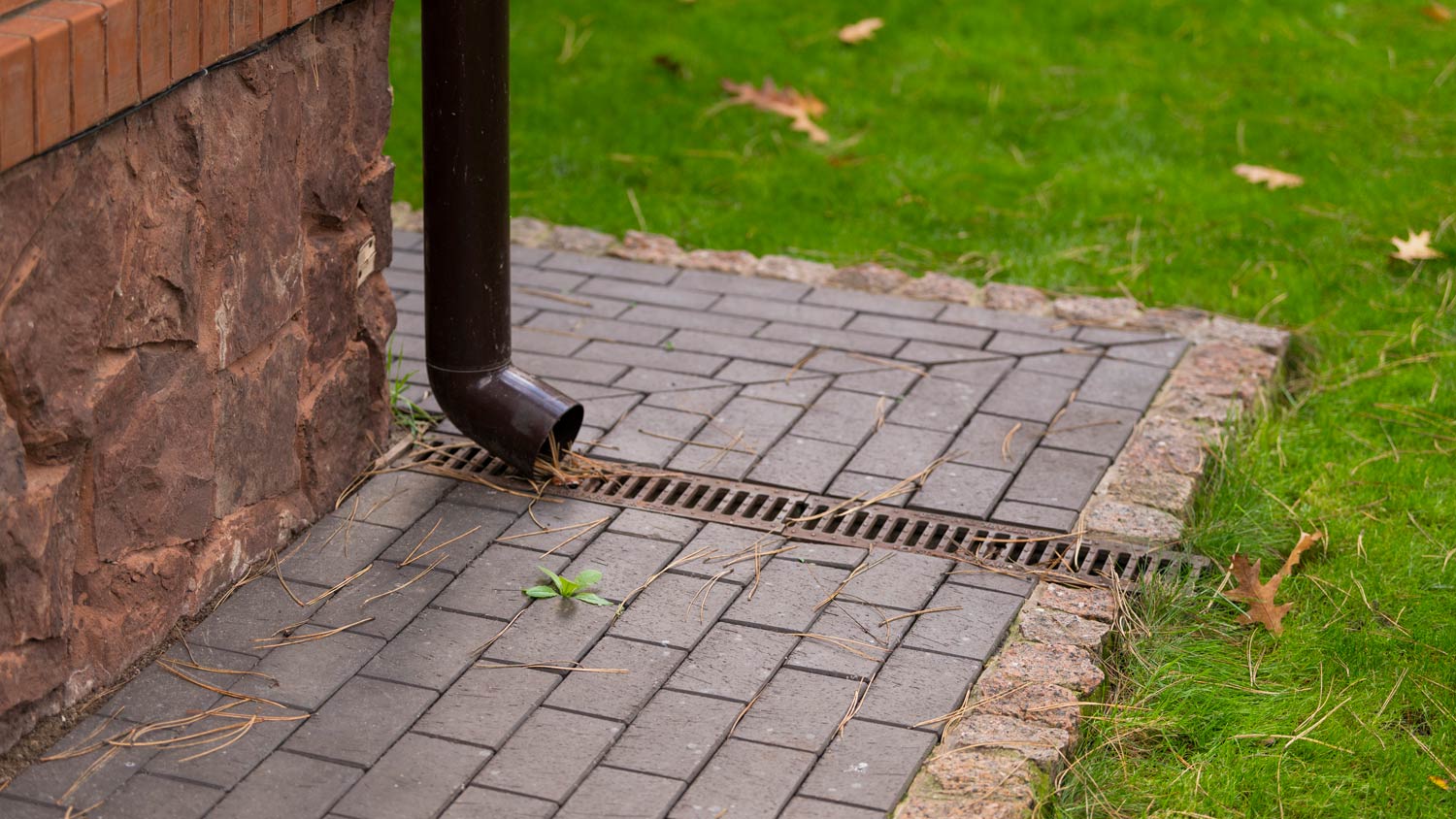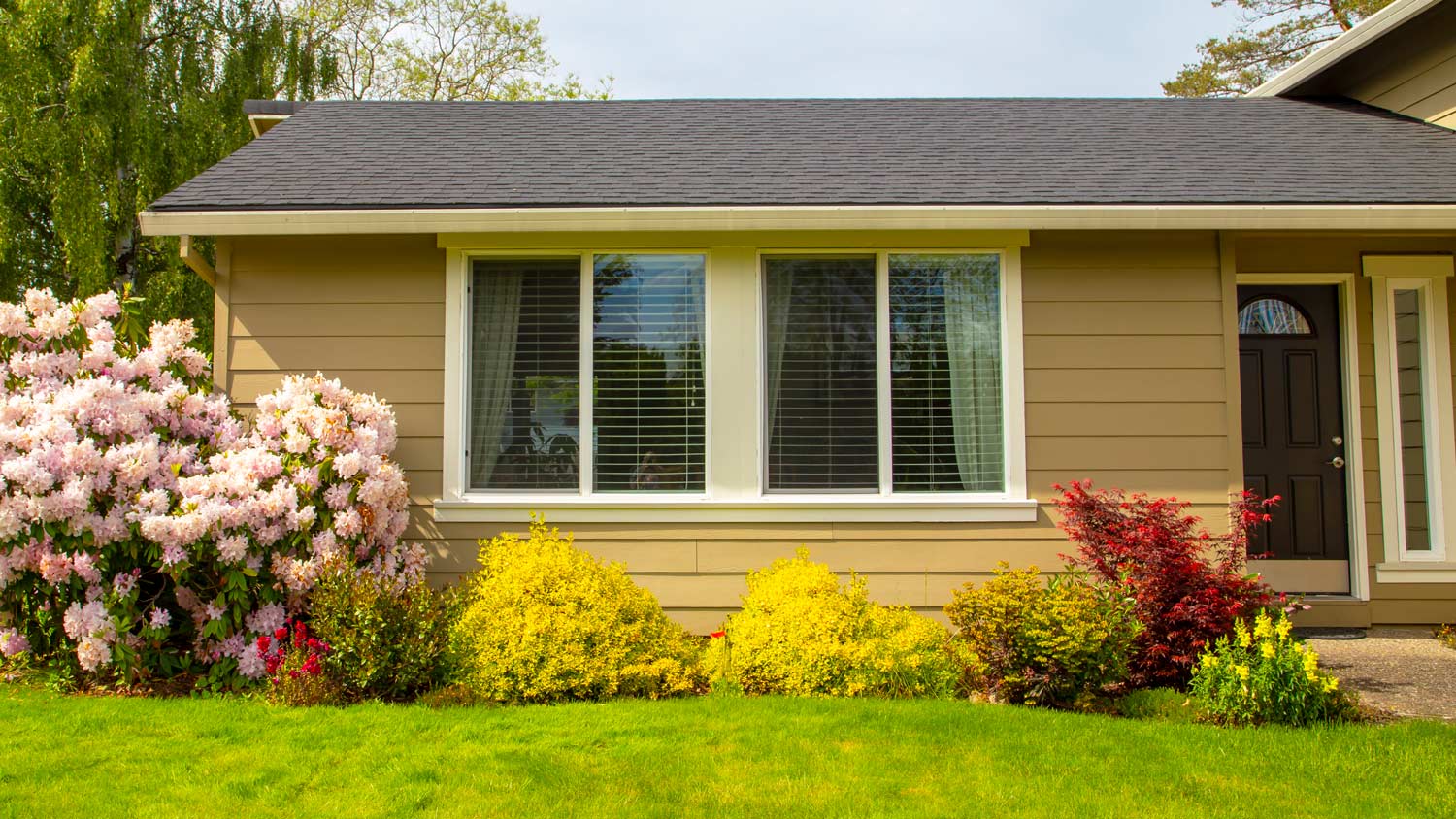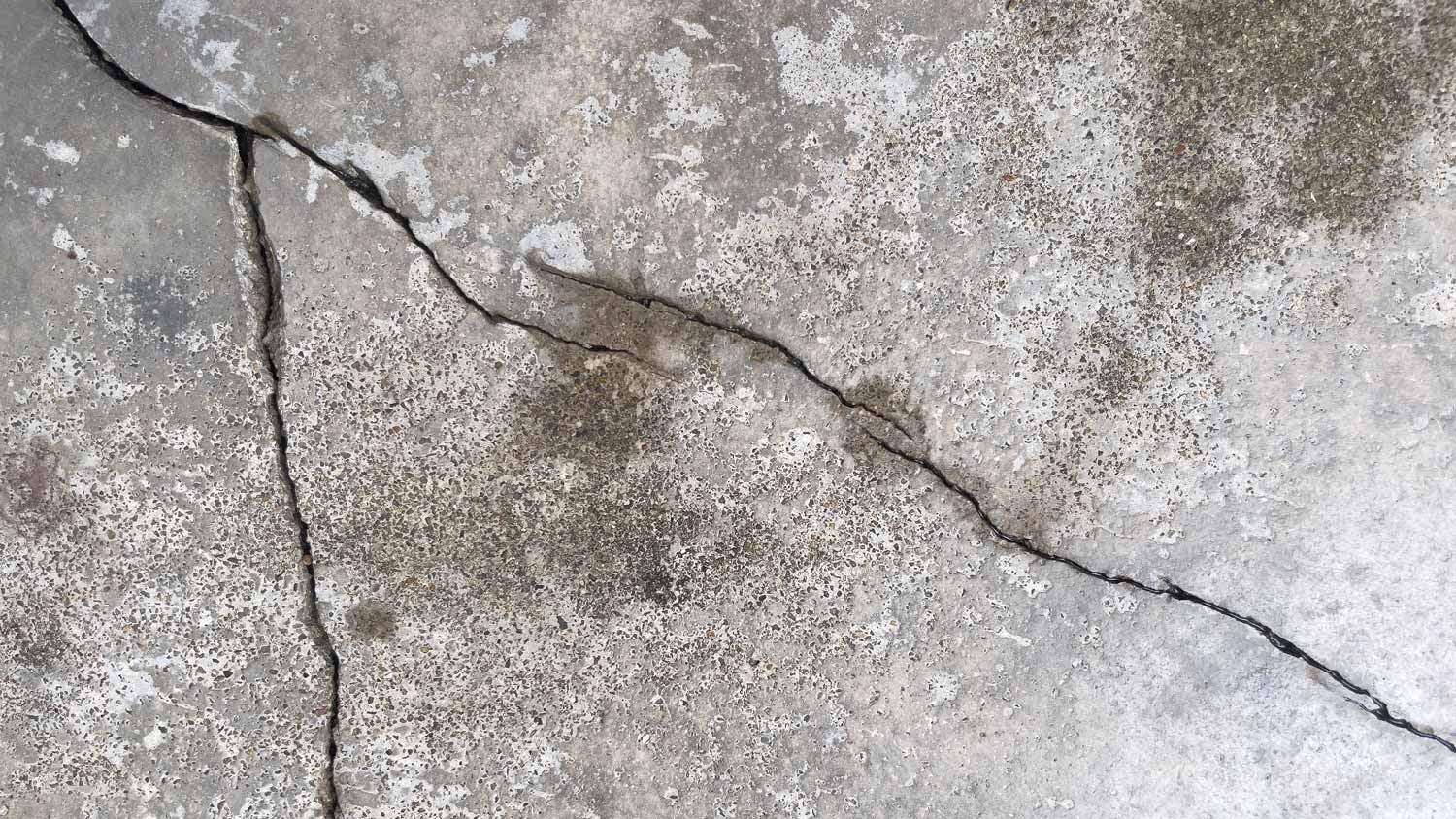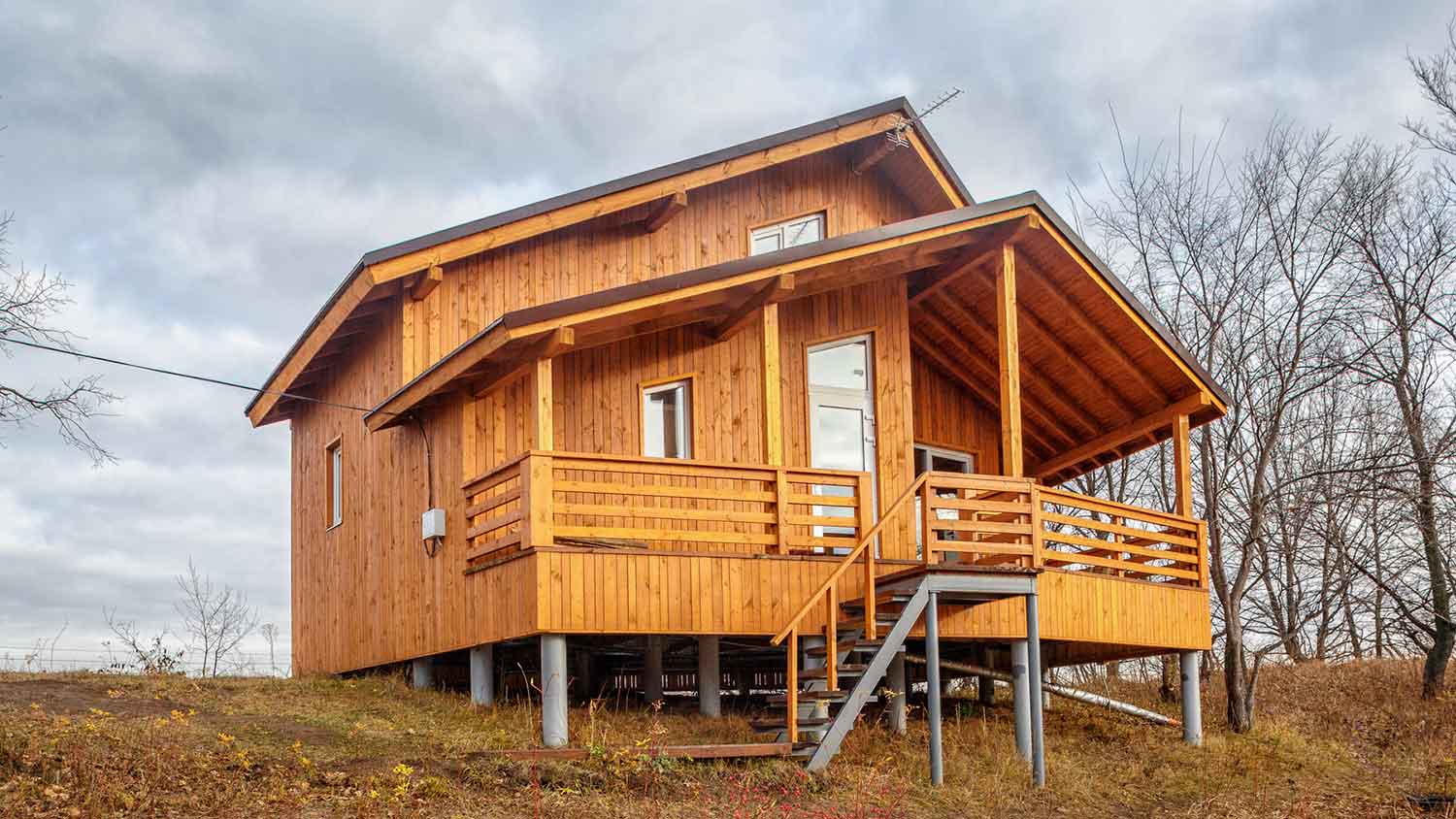
Crawl space maintenance can help improve indoor air quality and avoid structural damage. Learn how much crawl space cleaning costs and when to schedule it.
These preventive measures won’t let issues slip through the cracks


Your foundation plays a key role in your home’s structural integrity. That’s why having a solid foundation maintenance plan can be the difference between a foundation that’s standing strong and one that requires pricey repairs. Since noticeable damages might be signs that it’s too late, the best maintenance is prevention. Here, we’ll cover 11 preventive maintenance tips you can use to keep your foundation in order.
One way to maintain your foundation (and keep costly repairs at bay) is by conducting inspections at least twice a year. Ideally, it’d be after harsh weather conditions, such as extreme heat and cold temperatures, since both can do a blow to your foundation. A foundation inspection can help you take note of any problems you might have.
Check your exterior for any water damage, budging or leaning walls, or cracks in the foundation. Also, walk inside and take note of any of the same problems or if your floor feels bouncy or soft. These problems can be signs of foundation issues that you need to fix.
While you are an expert on your house, it never hurts to call a foundation inspector to inspect your foundation. These pros look at countless foundations and can identify a problem area you probably overlooked or give you pointers on what to watch out for during your DIY inspection.

Water damage is a huge issue for your home’s foundation, which is why a foundation drainage system is essential. It can help you prevent foundation upheaval, which is when your foundation moves upward due to soil expansion. Soil starts to expand when it's too moist.
The type of drainage system you’d install depends on factors such as how much rainfall you get, your foundation type, and your home’s slope. Some of the most popular drainage options are a French drain, footing drain, and sump pump. A foundation drain installer can give recommendations suited to your home and region.
Your home’s gutters and downspouts are key to moving rainwater away. But if they’re clogged up with debris such as leaves, twigs, and nests, the water they catch builds ups and overflows. This overflow can cause water to leak into your roof and pool around your foundation. To avoid this, clean your gutters at least twice a year and check them every month or quarter to see if you notice any issues that need addressing.
A plumbing inspection is critical to your foundation maintenance plan. An under-slab water leak spells trouble and can be caused by plumbing issues, such as:
Weakening lines
Improper installation
Poor water quality
Old pipes
Most of the time, homeowners aren’t aware they have a problem until it’s too late. That’s why it’s optimal to schedule a plumbing inspection every two years. If you have an issue before that, contact a pro.
The moisture levels around your home should be consistent, never too moist or too dry. If your soil is too moist, it will expand and cause cracks in your foundation, or it can cause your home to shift. On the other hand, if it’s too dry, the soil will shrink and cause cracks and settlement.
One way to keep your home’s moisture levels in check is by using a sprinkler system that periodically waters your yard during dry seasons. A drainage system can help keep your water levels regulated. But if you prefer to water your foundation yourself, you’ll need to water it twice daily for 20 minutes at least three days a week in the summer months.
It’s not only your home you have to worry about; these little buggers can also do a number on your foundation. Subterranean termites can form tunnels in your concrete foundation cracks, and over time, those tunnels can grow considerably due to constant passage and cause more severe cracks. Other pests to watch out for are carpenter ants and carpenter bees.
Occasionally, check around and inside your home for signs of pests such as dead-winged termites and shed wings. If you see signs of pests, consider using pesticides to control the infestation and sealing foundation cracks.

Another foundation maintenance tip is to plant deep-rooted plants such as trees and shrubs away from your home’s foundation. Trees can potentially grow under your home’s foundation, causing structural issues. Another problem homeowners face with trees is they can absorb up to 150 gallons of water from the soil around your home in one day. This can cause your soil to become too dry and start shrinking. Since the best maintenance is always prevention, consider planting trees or shrubs away from your home’s foundation. Trees must be planted at least 15 feet from your home, while shrubs should be at least 2 feet away.
If you already have large trees in your yard, installing a root barrier can protect your foundation. A root barrier helps shield your foundation, driveways, and plumbing from invasive roots. Usually, the best time to install them is before you plant your trees. However, you can also plant them when your trees are young. Or if you’re confident, you can install them without cutting the primary roots.

While unsightly, not all cracks initially point to foundation issues. Minor cracks, such as hairline and shrinkage cracks, result from new concrete starting to dry out and shrink. They’re small and typically run vertically. But while they might not be a structural crack, they should still be dealt with to avoid becoming homes for pests. Some DIY-friendly guidance on how to fix foundation cracks is to use a foundation crack repair kit. Repairing them early is also a good way to document their progress and see if the repair kit worked or if the crack continued growing.
Your home’s slope plays a major part in how water around your home moves away from it. A negative slope means that water will move toward your home, which can be a big issue for keeping water away from it. Unfortunately, a yard with no slope (aka everything’s even) isn’t the solution. These yards typically have problems with standing water since wherever the water falls, that’s where it stays.
A positive slope that gently slopes away from your home and has your home at the highest point in your yard is recommended. If you haven’t already, a pro foundation maintenance tip is to see what your home’s slope is and work with a yard grading company to properly grade your home and find a drainage system that’ll work for it.
If you see damages to your foundation that you’re unsure about, contact your local foundation repair contractor to assess the situation. Foundation issues can harm your home’s structural integrity and should be handled as soon as you notice a problem. Foundation repairs cost approximately $5,000, depending on your foundation, soil type, and home size.
Many homeowners want to know: Does homeowners insurance cover foundation repair? For most situations, it depends on your policy. But in general, if the damage was out of your control, they’ll likely cover it. If you need repairs, contact your insurance provider to see if they’ll cover your specific situation.
From average costs to expert advice, get all the answers you need to get your job done.

Crawl space maintenance can help improve indoor air quality and avoid structural damage. Learn how much crawl space cleaning costs and when to schedule it.

Plumbing leaks are never fun, but they’re worse when they happen inside your foundation. Use this guide to slab leak repair costs to see what you’re up against.

A bowing basement wall needs immediate repair. Learn how much it costs to repair a bowing basement wall and what factors can affect the final price tag.

Which pole barn foundation option is best for your area and the size of the pole barn you’re building? Check out five of the most commonly used options.

All foundations crack, but not all cracks indicate structural issues. Learn about when to worry about foundation cracks and call in a professional.

Crawl spaces may give you easy access to home maintenance, but watch for issues such as mold and pests. Here are the top crawl space things you want to address.